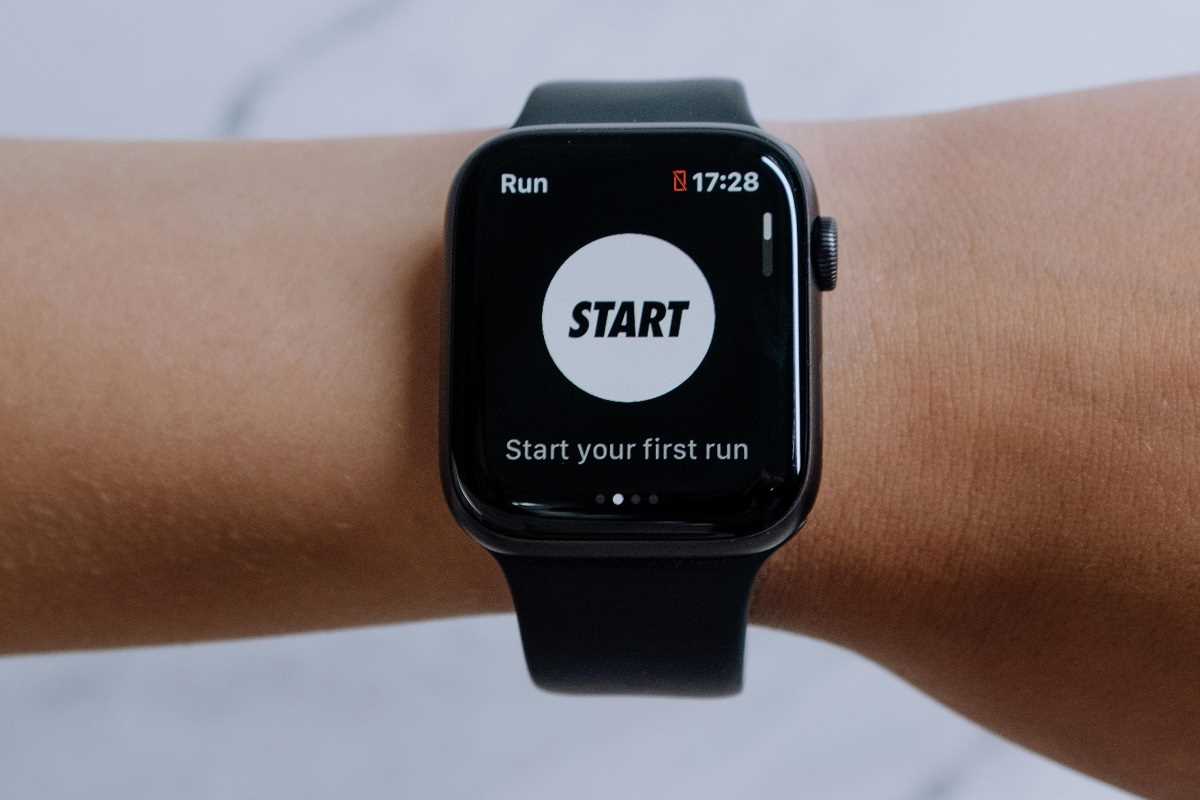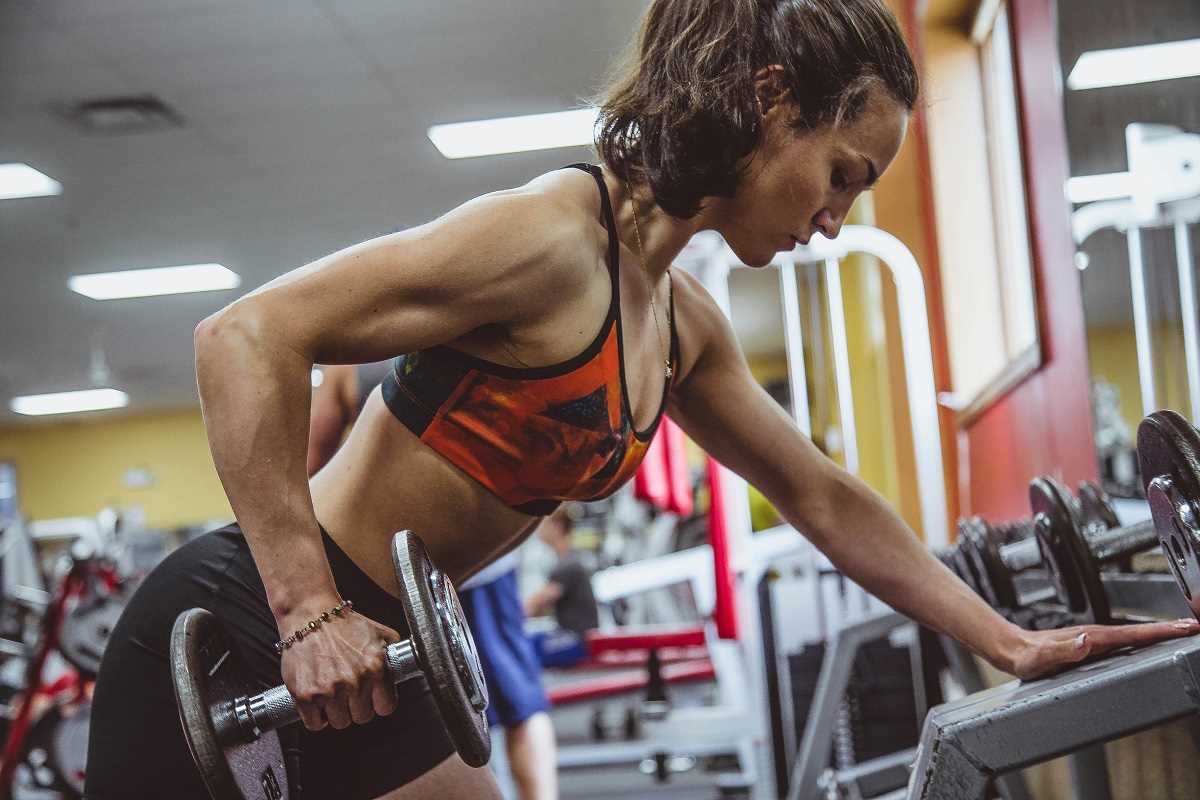Staying hydrated is essential, but for athletes, it’s more than just a sip of water between sets. Proper hydration impacts endurance, recovery, and overall performance, yet tracking fluid levels has always been more of an art than a science—until now. Enter wearable hydration technology, a game-changing innovation revolutionizing how athletes monitor and optimize their hydration.
By combining cutting-edge sensors, real-time data, and human-centric design, wearable hydration tech is reshaping sports and fitness for the better. Athletes no longer have to guess if they’re drinking enough or recovering adequately. Instead, their bodies are starting to do the talking.
Here’s a closer look at how this technology works, why it matters, and what it all means for the future of athletic performance.
How Does Wearable Hydration Tech Work?
At its core, wearable hydration tech focuses on monitoring key biomarkers that indicate hydration status. Devices in this space often leverage advanced sweat or skin sensors to measure fluid loss, electrolytes, and body temperature in real time.
For example, a hydration wearable might analyze sweat composition to detect sodium or potassium changes, signaling electrolyte imbalances. Some gadgets even track skin conductivity, which varies depending on hydration levels, giving a big-picture assessment of how much fluid the body has lost.
Smart integration with fitness trackers and apps adds another layer of utility. Not only do these wearables crunch the data, but they also guide users with personalized feedback, hydration reminders, and even recovery protocols after training. The result? A more precise understanding of your body's needs before, during, and after exercise.
The Benefits of Hydration Wearables for Athletes
For athletes, hydration isn’t just about performance during a single game or workout; it’s about maintaining long-term health while training smarter. This is where wearables make a significant difference.
1. Real-Time Hydration Tracking
Gone are the days of relying on vague thirst cues. Wearable hydration tech delivers real-time updates on fluid loss, helping athletes know exactly when and how much to hydrate. For endurance athletes who perform over prolonged periods, these insights can be make-or-break.
2. Optimized Performance
Dehydration as small as 1% of body weight can reduce an athlete’s power output and focus. Wearable devices combat that inertia by ensuring athletes hydrate proactively, keeping them at peak performance throughout intense training or competition.
3. Injury and Fatigue Prevention
Poor hydration can lead to cramps, fatigue, or even heat exhaustion. By pinpointing hydration deficits early, these devices help athletes prevent injuries and recover faster. Think of them as an invisible coach, fine-tuning your body’s preparedness while you focus on the game.
4. Personalization at Its Best
Not every body is the same, and hydration strategies can vary based on an athlete’s size, fitness level, or sweat rate. Wearable hydration tech offers personalized recommendations, making it easier for athletes to respond to their unique hydration needs instead of general guidelines.
Game-Changing Products and Brands
Several big players are turning this innovative concept into reality. Here are a few standout products shaping the wearable hydration space in 2025.
Gx Sweat Patch by Gatorade
Designed for athletes of all levels, the Gx Sweat Patch measures sweat rates and electrolyte loss during workouts. Paired with the Gatorade Gx app, the patch provides insights on hydration needs and suggests personalized rehydration strategies based on your sweat composition.
Nix Hydration Biosensor
This skin-worn gadget excels in endurance sports like cycling or marathon running. It tracks fluid and electrolyte loss in real time, alerting users when to hydrate and what type of electrolyte recovery they might require. Nix’s detailed analytics empower athletes to push their limits safely.
Halo Smart Water Bottle
While not a wearable itself, the Halo integrates with fitness trackers to provide hydration reminders and track daily intake through seamless connectivity. Its compatibility with hydration wearables further personalizes and enhances the athlete’s recovery process.
What Athletes Are Saying
The athletes using these wearables often have one shared realization after trying them out for the first time: knowledge is power.
Jason L., Triathlete
“Before using hydration tech, I thought I was hydrating well—but my performance would tank toward the end of long races. My hydration wearable revealed I was underhydrating consistently on heavy training days. Adjusting based on the data made all the difference for my endurance.”
Kendra P., Soccer Player
“I love how my hydration device works like a trainer in my pocket. It’s like it knows what I need before I do. Knowing I’ve got the science working for me has made me more confident on the field.”
Experts echo these sentiments, emphasizing that hydration is often overlooked but critical for performance. “Athletes tend to think about calories or gear, but hydration is the silent game-changer,” says Dr. Tanya Reece, a sports physiologist specializing in recovery. “Wearables make it easier to get this often-neglected piece of the puzzle right.”
The Future of Hydration Wearables
What lies ahead for wearable hydration tech? Expect continuous evolution as technology improves and smart insights become even more responsive and precise.
One promising frontier is AI integration. By pairing hydration data with biometrics like heart rate variability or sleep quality, future devices could offer a holistic health dashboard to fine-tune not just hydration but an athlete’s overall wellness.
Customization may also take another leap forward. Companies are exploring ways to design wearables tailored to an individual’s sport or environment. From swimmers tracking chlorine-induced dehydration to football players monitoring hydration during sweltering practice sessions, the applications are nearly endless.
Lastly, wearable hydration tech could play a role beyond athletics. With dehydration linked to cognitive decline, these devices might see wider use among older adults, outdoor professionals, or anyone striving for optimal health.
Bringing Hydration Home
You don’t need to play professional sports to benefit from wearable hydration tech. Here’s how you can incorporate these innovations into your active lifestyle to step up your game safely and effectively:
- Learn Your Body’s Needs
- If you’re a heavy sweater or train in hot conditions, hydration wearables can zero in on your unique challenges and offer solutions.
- Pair with Rest and Nutrition
- Hydration wearables work best alongside other holistic health strategies like proper nutrition and recovery periods.
- Start Simple
- You don’t need to go all-in on the most complex gadgets. Something like a connected water bottle can make hydrating a priority and build consistency in your routine.
A Hydrated Future
Wearable hydration tech holds tremendous promise for athletes in 2025 and beyond. By helping users manage their hydration intelligently, this technology is leveling up performance, preventing injury, and ultimately transforming how we approach fitness and sports.
Whether you’re competing on the world stage or finding your flow in weekend workouts, staying hydrated has never been simpler or smarter. After all, the better we know our bodies, the better they perform. With hydration wearables, every drop of sweat brings you closer to your goal.
 (Image via
(Image via




